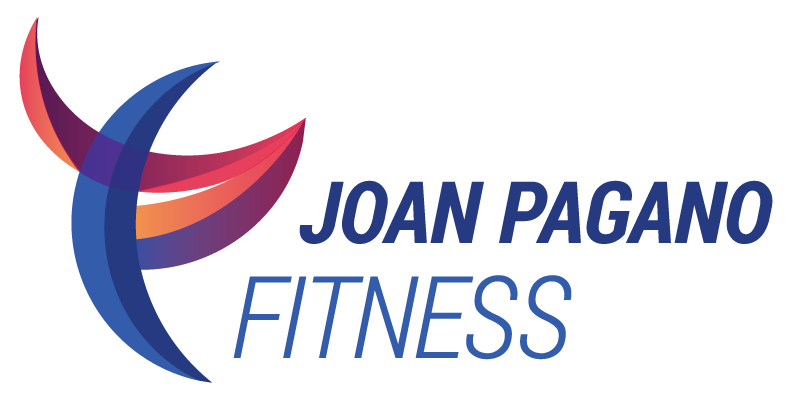The Power of Positive Posture
While sheltering in place at a friend’s home, I found myself working on a small round table with half of the materials in my lap, sitting in a wing chair that offered no back support. Working from home can present many challenges, including improvising an office set-up with a desk and chair.
People were asking for my recommendations for desk chairs, back braces for posture and how to configure a standing desk at the kitchen counter. Truth be told, my standard arrangement is to sit on a stability ball in my home office – no fancy ergonomic design or investment required, just an awareness of how to use your muscles consciously.
The secret is in aligning your pelvis and training your core muscles to support an upright spine.
When sitting, engage your core muscles instead of relying on external support. The torso will passively conform to whatever type of chair you are using, and properly designed chairs are rare.
Do you sit like a cashew? Most of us do not sit well! Prolonged sitting in poor posture can increase the pressure between the disks of the spine, contributing to back pain. Take a profile view of your seated posture: Are you sitting like a cashew, shoulders rounding forward, pelvis tucked under, your spine in a C curve? This posture can damage the intervertebral disks, which act as shock absorbers in the spine.
To reduce back pain, focus on the position of your pelvis, which provides the base for stacking your torso properly, ribs over hips. Untuck the pelvis, allowing the natural curve in the lower back, and engage your abdominals to keep it in neutral spine alignment.
How to align the pelvis: the position of the pelvis determines the degree of curve in the lumbar spine.
Neutral spine alignment is midway between a full arch and a flat back position.
Explore your personal range of motion by tilting your pelvis forward and back.
Return to a neutral position, allowing the slight curve in the low back area -just enough to slip your hand in if you are lying on your back or standing straight with your back against the wall.
Keep your weight distributed evenly across both hips. Feel the sit bones, not the tailbone, beneath you.
Tighten your abdominals to hold this position
To engage your core, "zip up" your abs as if you were zipping up a tight pair of jeans. Pull your navel in toward your spine and then up, lifting the pelvic floor. Using your core muscles, lengthen the spine and anchor the shoulder blades, activating the midback muscles to stabilize them, preventing a forward slouch. Sit without support, using your core muscles to keep your spine tall.
How you sit or stand can affect your breathing, productivity, and your emotional well-being.
Slouching can curtail lung capacity by as much as 30 percent, reducing the amount of oxygen that reaches the brain.
Muscle tension and stress also restrict blood flow to the brain.
Some people develop tension headaches from staring at a computer screen for too long
or after driving for long periods.
Continued poor posture can result in shallow breathing, causing shortness of breath and general fatigue.
The Exercise Remedy for Tech Neck
Our posture suffers from further complications as we rely on technology to communicate, work, and connect. It is common to develop a forward head position from daily activities dependent on various digital tools. The smaller the device, the more you must contract your body to use it, creating a shrunken, inward posture, with the head moving forward of the shoulders.
Realign the head: The "neck press" strengthens the muscles of the neck and upper back and realigns the head over the shoulders.
Put two fingers on your chin. Inhale, then as you exhale use your fingers as a cue to retract your chin, i.e. move it straight back, pressing the curve out of the back of your neck.
Keep your chin level being careful not to push it down.
Release and repeat 3-5 times.
Anchor the shoulder blades: When you're in the habit of slouching, your shoulder blades slide forward and apart exaggerating the curve of the mid-back. "W's" activate the muscles that stabilize your shoulder blades.
Hold your arms out to the sides, palms forward, with the elbows bent and in line with the shoulders (“goal post” position).
To form a "W", inhale, then squeeze the shoulder blades down and together as you let your breath out slowly. Your elbows drop as you pull your shoulder blades down.
Hold for 2-3 seconds, release, and repeat 5-10 times.
Watch here for a demonstration of the “neck press” and “Ws”.
Your physical posture sculpts your psychological posture and could be a key to a better mood, improved memory, increased assertiveness, and more resilience to stress.
For expert guidance on strength training techniques, step by step photos depicting how to perform the exercises and a selection of well-rounded workouts please check out the book Strength Training Exercises for Women by Joan Pagano.
Joan also offers an online fitness and nutrition course, “Beat Belly Fat, Bloating, Bone Loss and the Blues” available on her website here https://www.joanpaganofitness.com/beat-belly-fat-bloating-bone-loss-and-the-blues. This course includes a module on exercise for posture and alignment.
(c) Copyright - Joan L. Pagano. All Rights Reserved Worldwide.

